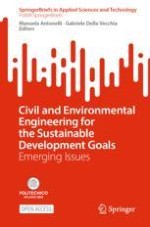1 Introduction
2 Spaceborne Cold Atom Gradiometer for Future Gravity Mission
3 Data Analysis
4 Simulation Scenario
MOCASS study | CAI study | |
|---|---|---|
Reference model | EIGEN-6C4 | EIGEN-6C4 |
Reference orbit | 2 months in high (259 km) and low orbit (239 km) from GOCE mission | 2 months (259 km, GOCE-like) |
Simulated data | Single-arm: Txx, Tyy, Tzz Double-arm: Txx and Tzz, Tyy and Tzz | Single-arm: Txx, Tyy, Tzz |
Mode of operation | Nadir-pointing mode (LORF) and inertial mode (IRF) | Nadir-pointing mode (LORF) |
Number of MC samples | N = 20 | N = 50 |
5 Simulation Results
Solution | MOCASS (in high orbit) | CAI | GOCE TIM solution | |||
|---|---|---|---|---|---|---|
Tzz (LORF) | Tyy (IRF) | Tyy and Tzz (LORF) | Tyy and Tzz (IRF) | Tzz | ||
Error in Δg at ground level [mGal] (at degree \(\mathcal{\ell}\) = 200) | ||||||
Static gravity field (2-month solution) | 1.03 | 1.24 | 1.84 | 1.67 | 2.00 | 2.91 (R1) |
Static gravity field (5-year solution) | 0.19 | 0.23 | 0.34 | 0.31 | 0.38 | 0.50 (R5) |
Trend error in Δg at ground level [µGal/month] (at degree \(\mathcal{\ell}\) = 45) | GRACE solution | |||||
Time-variable gravity field (5-year mission with monthly solutions) | 0.039 | 0.099 | 0.040 | 0.066 | 0.177 | 0.032 |
